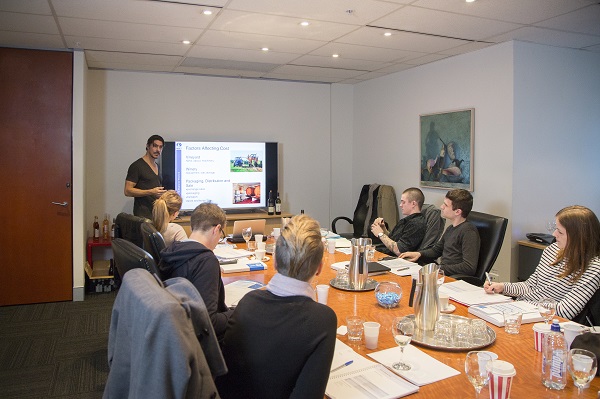Over the last 12 months or so the string of poor profit results seen by the retail sector and the resulting wailing by behemoths David Jones and Myer and the like might lead one to believe that ‘retail’ in Australia was dying. And yet, there are droves of European retailers such as Top Shop, Zara, H&M and Japan’s Uniqlo flocking to our shores to open megastores.
Not only that, but the wallets of former DJs and Myer’s customers, that up until recently were believed to be welded shut, are opening – and how! So if ‘subdued consumer confidence‘ really isn’t what’s going on, then what is? And what can those of us not in retail learn from our retail cousin’s experience?
Some pundits believe what’s going on is structural industry change with some currency issues thrown in for good measure – but I think there’s something larger at play than just that.
Most of our big retailers claimed to be able to offer goods at competitive prices by offering economies of scale (lots of products and services under one roof). However, what Australian’s are discovering is that they can often purchase those ‘competitively priced’ items far more competitively without even leaving their homes. And the service that use to come with a trip to the favourite store is no longer.
What our bigger retailers, and let’s face it – lots of other businesses too, seem to have forgotten is that customers are people. And people want to do business with people they know, like and trust. So at the end of a shopping experience (or any
business interaction) it really comes down to how the business owner or the people charged with serving the customers made them feel. Yes, feel – even in a business transaction – and that’s what stays in the customer’s mind long after price is forgotten.
If you don’t believe me, drop by any electronics store with intent to purchase something and see what happens. Not much. See how long it takes for someone, anyone to notice you’re in the store – waiting, hoping for service. Contrast that with a trip to the Apple store – where there are literally tens of service people to greet you, assist you or have a chat. You can even stop in there for a ‘play’ on their equipment or to check your email or use their free wi-fi. Oh and don’t forget to bring your children (or partner) who are also happily catered for with the latest pre-loaded games. And if you don’t love your purchase you can bring it back within 14 days for a full refund – even if you’ve used it.
Certainly the increased store space and staffing levels cost the company considerably more to provide, but it also allows them to considerably increase their prices and have people WILLINGLY pay those higher prices and still love them for it.
Best of all, when you’re in the store, you feel like you’re important to them – not an imposition in their day. Seriously, how many times have you walked into a store or a business and felt like you had to apologise for disturbing the staff member who was otherwise occupied. Imagine if that’s how some of your customers feel when they try to engage with your business.
Okay, so not all of us can have a fleet of staff members on meet and greet but we can make our customers feel like they’re a valued part of our business. Small things like;
-
answering phones professionally, quickly and with a smile
-
saying thank you to your customers for their business – it could be with a card, a phone call, a little gift or lunch
-
offering a glass of water, tea, coffee or biscuit (I’m amazed there are still people who forget this little nicety in a business setting)
-
following up when you say you will
-
delivering not only what you say you will, but maybe throwing in something just a little extra along the way for good measure.
It really doesn’t take much to convince a customer that you value their custom. If you value them, they’ll love how you make them feel and from a profitability perspective that’s as good as it gets.
What do you think we can learn from Australia’s retail woes? Feel free to share in the comments below. I’d love it if you followed me on twitter or you can connect with me via linkedin.
If we can help you get your phones answered professionally every time – we’d be delighted to talk to you. You can call me on +61 2 9994 8000 or visit us www.serviced.com.au






